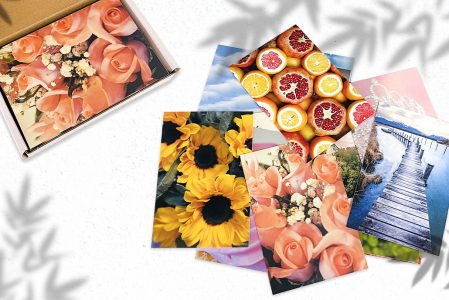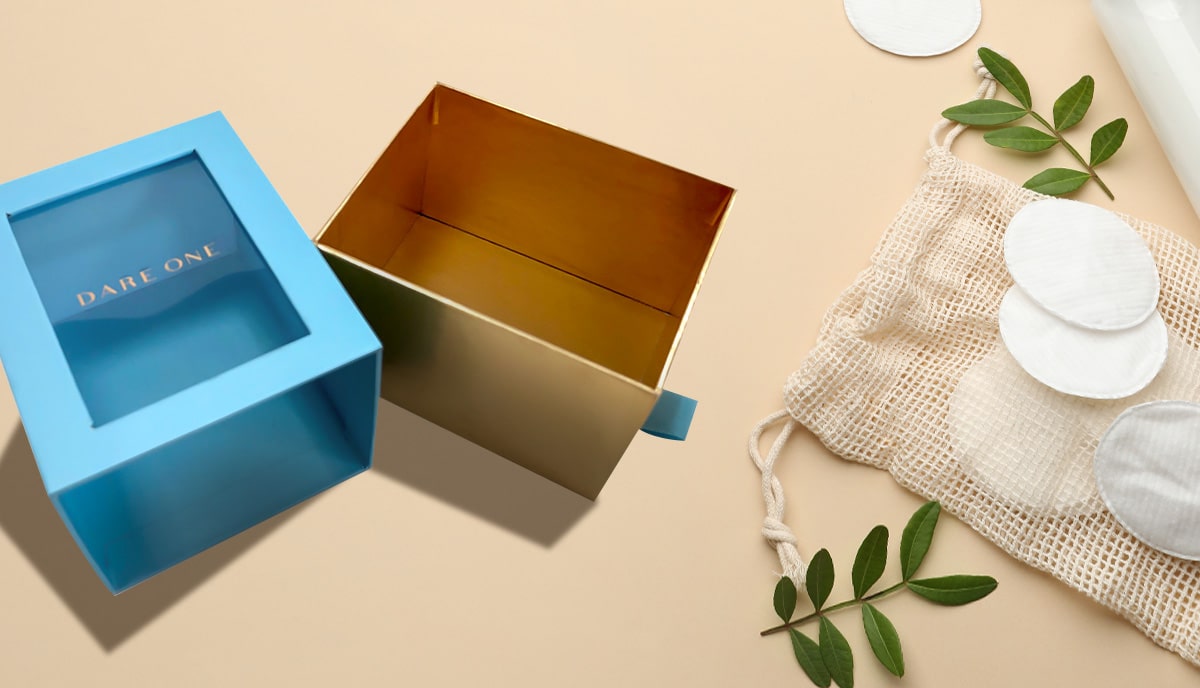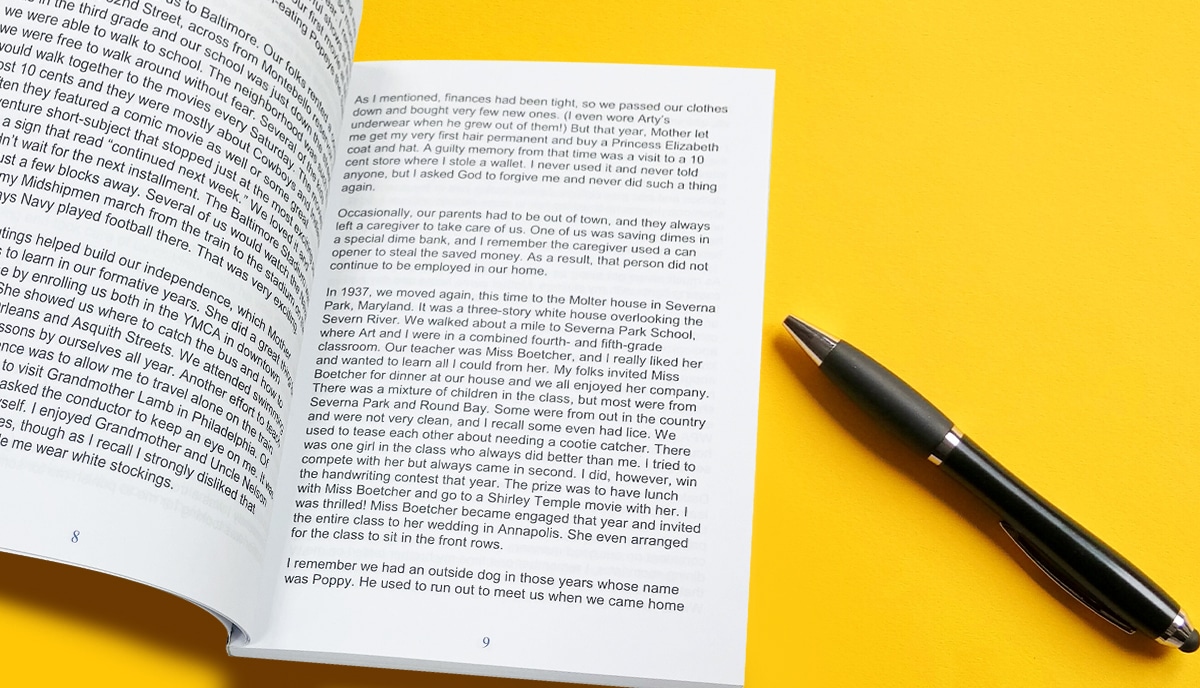Artists, photographers, craftspeople, businesses, and non-profits can all benefit from printing and selling greeting cards. We show you how.
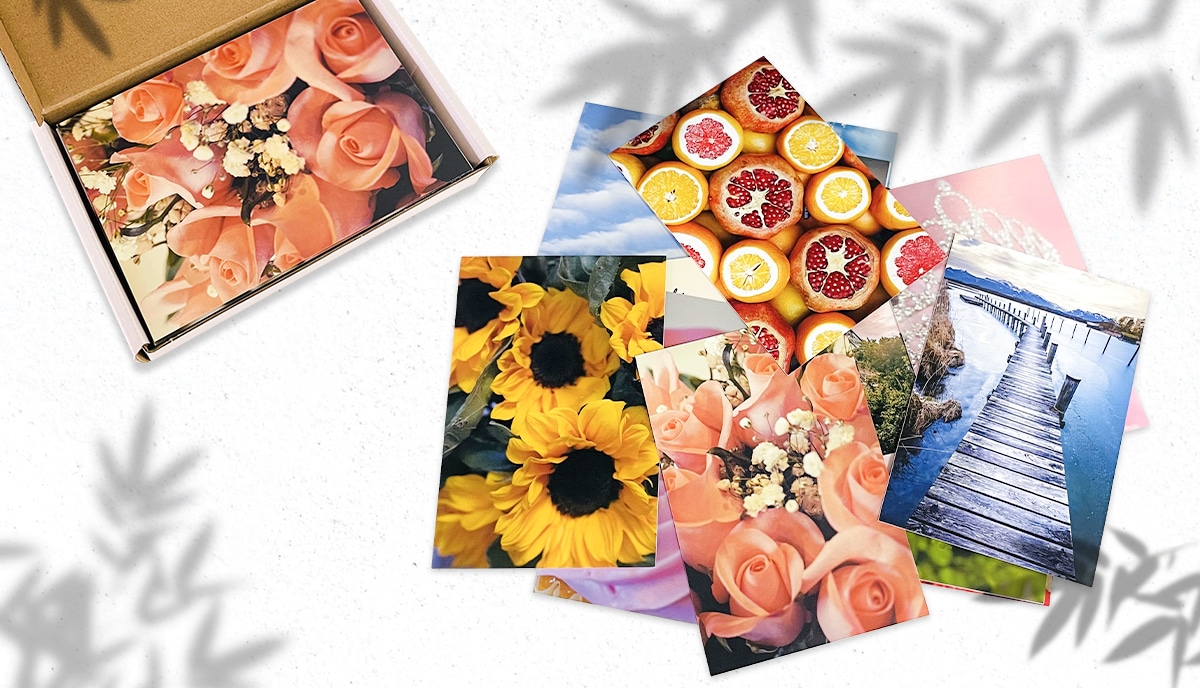
The variety of options available to you when producing greeting cards for retail sales or promoting your artwork can be overwhelming. There are numerous sizes and shapes to pick from, as well as cardstocks and printing options in variable quality and price points.
We'll make an effort to make things easier for you and draw your attention to what matters most when it comes to how to design and print greeting cards to sell. We'll start at the beginning with the first step of curating a selection of your original works to be made into cards. After that, we'll discuss what size and number of cards to print are good options. Choosing a paper and packaging for your greeting cards will be covered last.
Custom greeting cards: getting started
First, it's a good idea to browse through your previously produced artwork or photographs. Can you find recurring ideas, themes or aesthetics in your body of work? Do you, in other words, have a collection of pictures that seem to go together? Consider each of these as a different collection if you produce work in more than one style. Your chosen paintings, collages, or photographs must have a sense of harmony if you wish to create meaningful greeting card sets and collections as well as single one-offs. First and foremost, you're attempting to establish your brand as an artist with an instantly recognizable style. When first producing greeting cards to sell, keep things straightforward.
Keep in mind that you want your greeting cards to be appealing to both the buyer and the recipient. So, your image needs to evoke a feeling that they can identify with.
Start small and scale up
Initially, don't consider having your greeting cards available in every store, gallery, and outlet in the state. Start off with a modest range and keep in mind that it is better to test the market with sample sets while you figure out what sells and what doesn't, than to make a costly error.
We recommend getting started with small sets of between five and ten designs. The next step is to examine your artwork or photo images to determine whether they have a common size. Are they all portrait or landscape oriented? What size and relative dimensions do they have? This will make it easier to decide which card shape to use. You can evaluate the cards' appearance and style by beginning small.
Also, it gives you a chance to consider and choose the wording and information you want to appear on the reverse of your cards. The necessities are a straightforward title, your name as the artist, and your contact information. Nevertheless, you can also choose to include a QR code that clients can scan to access your online gallery or store, your Instagram account, or your website address. Another option is to include a brief bio that describes your background and working methods.
Greeting card size options
There are a few common greeting card sizes from which you can choose. At QinPrinting, we can create any custom size or design you prefer, but it may be best to start with the standard dimensions listed here:
- 148 mm by 105 mm (A6)
- 204 mm x 142 mm (A5)
- 204 mm by 100 mm (DL)
- 145 mm by 145 mm
- 178 mm x 128 mm
As we said before, you could select a custom size, but the envelope to go with it would then also need to be custom-made, adding to the complexity and the cost. There are standard sizes for envelopes which fit these standard greeting card sizes. Consider whether any of your photos or artwork may require trimming to fit a standard size for your set or collection. When you use square cards for all of your rectangle images, cropping may happen more frequently.
Because a little, intricate graphic design, for example, might be lost on an 148 mm by 105 mm size card, your selected images may also have an impact on the card size you need to choose to show off your work to best advantage. It is also important to think about whether you want your cards to have a border or not. In all likihood, you'll want to maintain your greeting cards at a straightforward, uniform size within each set. And different sizes and shapes will all influence your pricing. When selling your greeting cards, the more pricing points you set, the more you'll need to keep track of.
Which card stock should you choose?
At QinPrinting, we offer a wide variety of weights, colors, and textures of card and paper stock. Again, it's a good idea to keep things straightforward and use a consistent cardstock suitable for your artwork and design needs, not to mention your budget. Decide on cardstock that will reflect your style and the quality of your work. Make sure the card you select has a decent weight as well. If you use thin cardstock, it could be easy to crease and won't hold up straight, say, when displayed on a stand, shelf, or on a mantelpiece at home. Keep in mind that the material you select must complement your artwork or photographic image and not detract from it. A gloss or matte coated C1S 250 gsm to 350 gsm white card is the best option. C1S is coated only on one side, which is ideal for printing, while the other side is uncoated, making it ideal for writing on.
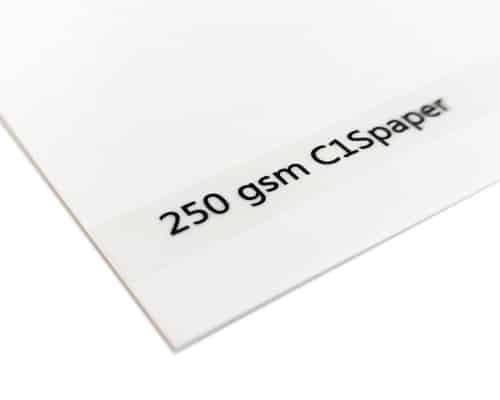
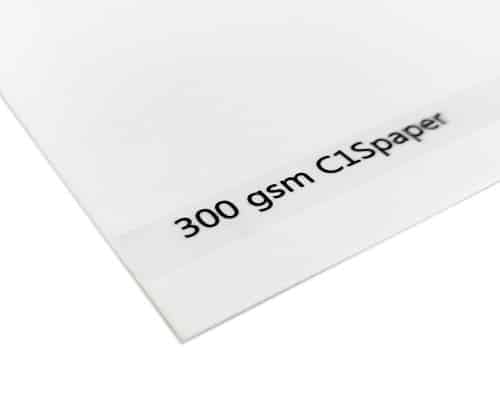
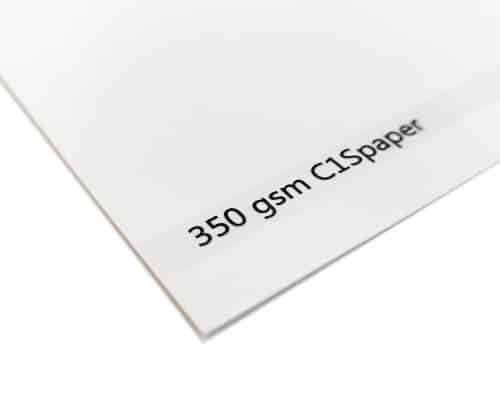
Singles, sets, or collections?
You might decide to sell your custom greeting cards as “singles”—individual cards packaged separately—which can be an effective strategy, particularly if you want to get a fairly granular idea of which images sell best and which less so. You might also have certain pictures or works of art that stand alone as an image or a style that would function better as individual cards.
The other option is to bundle designs together in sets of say, five, seven, or eight cards based around a theme or common quality, or to develop several sets into a boxed collection—”the four seasons”, for example; a collection comprising the four individual seasonal sets.
If you have a collection of works of art or images with a common theme or aesthetic, a set or collection of cards might be a better option. You have the option of selecting individual cards to form the set or you can make sets out of cards with the same image. In essence, you might produce a set of six cards with six, three, or only one different graphic design. While it's beneficial to look at what other artists and photographers do with their greeting card designs, remember to stay true to your own voice and aesthetic. After all, part of the function of the greeting card as a marketing device is to build and consolidate your brand image as a distinct and recognizable artist or business brand.
Packaging custom greeting cards
How and where you plan to sell and distribute your greeting cards will influence the way you package them. Your greeting cards' presentation is crucial, but you also need to take precautions to preserve them from damage, bending, spillages, and so on both in storage, in transit, and on display. You can choose less packing—just folded into the outer flap of the accompanying envelope or in a simple cellophane wrap, for example—if you are directly selling the cards at a stall in an arts event or at a craft fair. This is because you will be present to supervise how your cards are handled. Otherwise, you may want a more robust packaging solution to keep the greeting cards in pristine condition up to the point of sale.
Your greeting card sets and collections will need different packaging. A small set may be fine in a transparent plastic folder, but a collection should be housed in a custom-made printed box. A box will usually be made of grayboard wrapped with printed C1S paper and could be any number of styles from a telescope box to a hinged lid with a magnetic closure. If you'd like to make custom boxes for your greeting card collections, talk to us, as we have lots of experience and a range of options available for every need and budget.
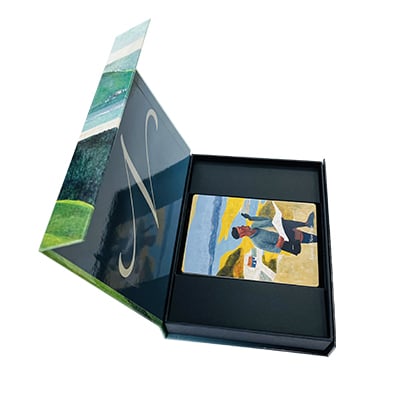
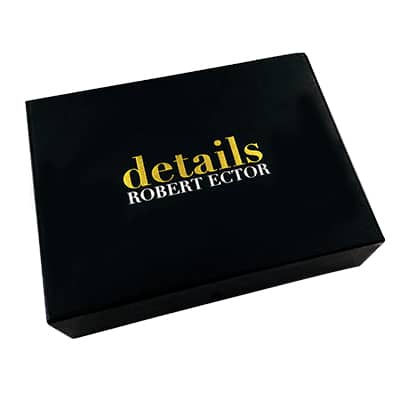
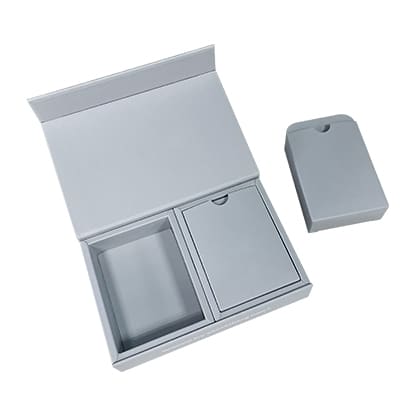
Let's talk!
At QinPrinting, we've enjoyed over 25 years of success in the printing industry and our business goes from strength to strength. In part, our global reputation for excellence is sustained by the expertise and enthusiasm of our staff, the rigor and efficiency of our protocols, our state-of-the-art technology, and a sincere commitment to genuine customer service. Unlike most offset printers who require a minimum order of at least a thousand units, at QinPrinting we've set our minimum at just a hundred cards.
Get in touch today, either by telephone, email, Skype, or our handy online contact form to discuss your needs or to ask us for a no-obligation quote. We look forward to working with you and making your greeting cards the most beautiful ever!





